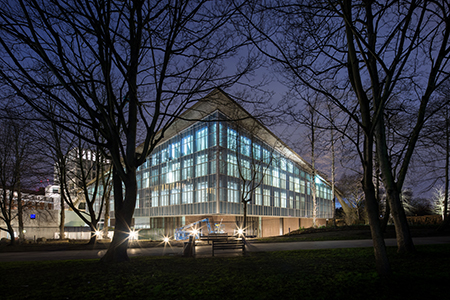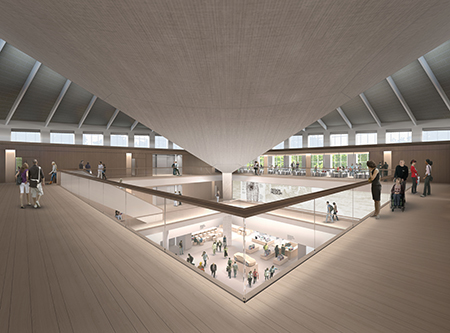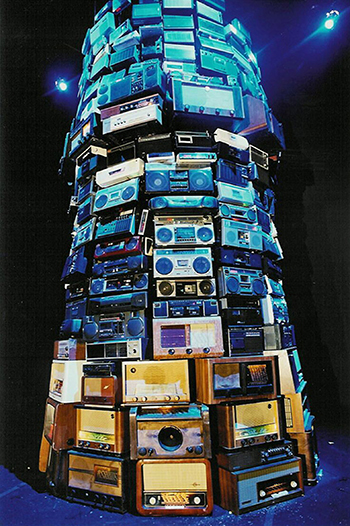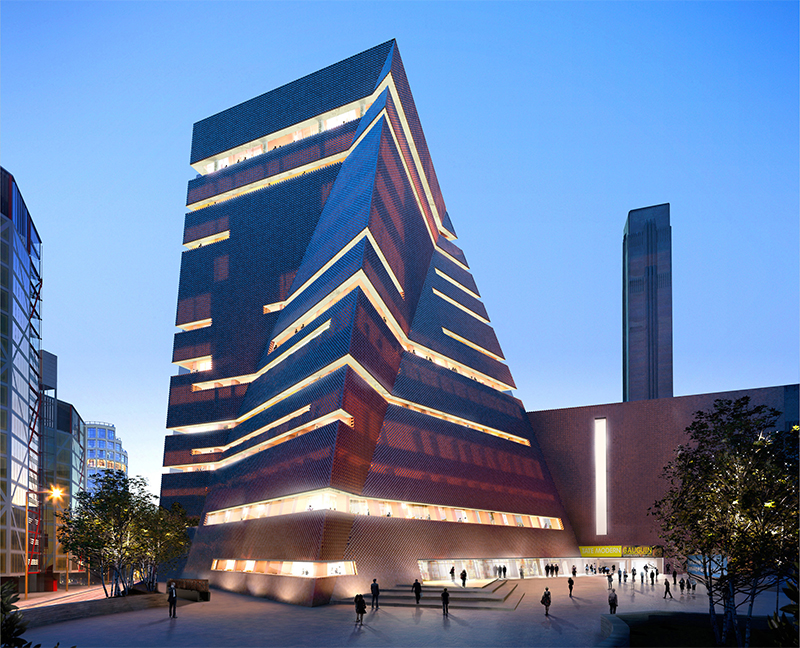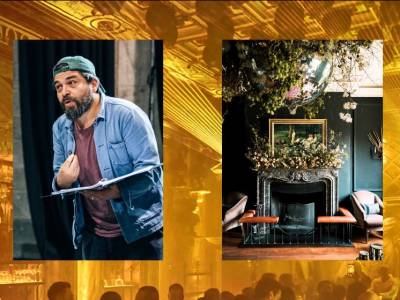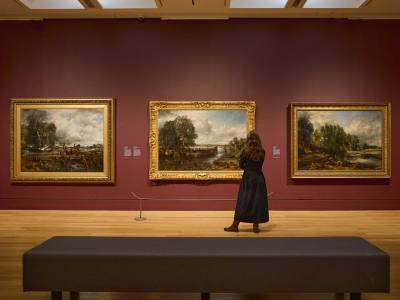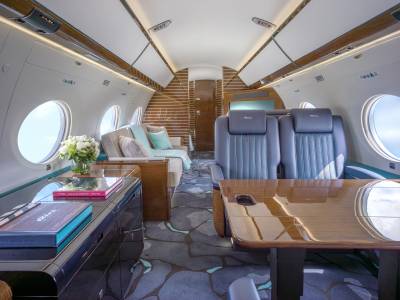WHAT ABOUT THE ART?
Tate Modern
The permanent collection is being entirely re-hung in the Boiler House and Switch House galleries. Future acquisitions will be more diverse and international. Focus will shift from Northern Hemisphere heavyweights such as Picasso, Joseph Beuys and Mark Rothko to newcomers such as Indian artist Sheela Gowda, who creates installations made of human hair and car bumpers, and Polish artist Magdalena Abakanowicz with her giant burlap sacks. In November, Switch House will host The Radical Eye: Modernist Photography from the Sir Elton John Collection. The revamped Tate Modern will also accommodate a more diverse mix of spaces, from smaller rooms to larger-scale, top-lit areas.
Design Museum
“Design covers many disciplines, from fashion to architecture to graphics, product design to advertising and 3D printing,” explains chief curator Justin McGuirk. He hopes to give equal attention to them all. His opening show, Fear and Love: Reactions to a Complex World, consists of newly commissioned installations that “aim to show how design has moved beyond the object to take on social and environmental issues”. Highlights from the permanent collection include the Vespa Clubman by Piaggio, the Valentine typewriter for Olivetti, Jock Kinneir and Margaret Calvert’s British road signs and Ossie Clark and Celia Birtwell’s paper dress.
AND THE SURROUNDINGS?
Tate Modern
Many a thesis has been written about Tate Modern’s impact on the urban regeneration of the South Bank. Since 2000, the population of Southwark has increased by 20 per cent and the once deserted, grimy Bankside now has around 60,000 workers in its midst. The landscape around Tate Modern has always buzzed with performances, screenings, pop-up bars and barbecues. Two areas to the west and the south of the main building, and a piazza on the lids of The Tanks, give these happenings more space.
Design Museum
The furniture showrooms of the Brompton and Fulham Roads, Chelsea Harbour, the Royal College of Art and the indomitable Victoria and Albert Museum have transformed this patch of West London into a design Mecca.
The Design Museum will not struggle to find aficionados on its doorstep and its central location will draw in newcomers.

